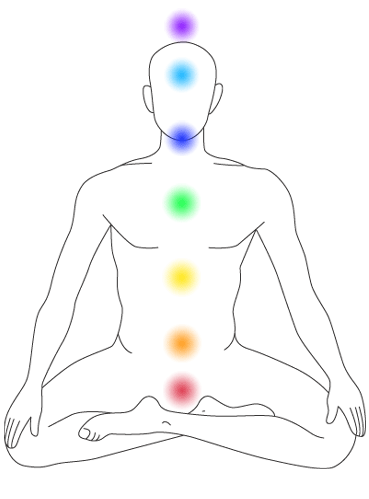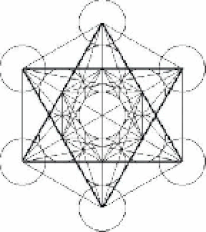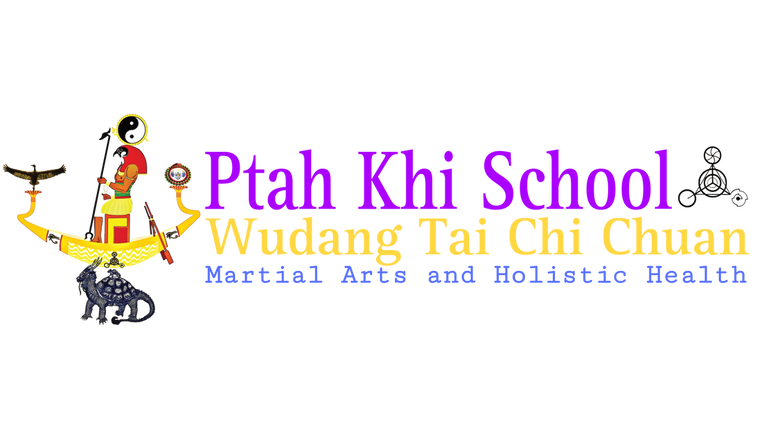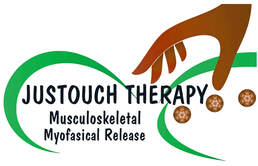What to expect in class?
Warm-up. Easy motions, such as shoulder circles, rotation of spine, turning the head from side to side, or rocking back and forth, help you to loosen your muscles and joints and focus on your breath and body.
Chi Gong (or Qigong). Translated in practice as “breath work” or “energy work,” this consists of a few minutes of gentle breathing sometimes combined with movement. The idea is to help relax the mind and mobilize the body’s energy. Qigong may be practiced standing, sitting, or lying down. During class this will be done in the standing as a tree posture for those advance students will stand in a horse riding stance. Self healing and group massage is offend done especially after a good class.
Instruction and practice of tai chi forms.
Forms are learnt in sets of movements we count the hand form in set of 3 movements when practiced square, other forms are counted in fewer or more number. When practicing forms in a round style the movements connect together in a continuous flow. Different styles require smaller or larger movements. A short form with smaller, slower movements is usually recommended at the beginning, especially if you’re older or not in good condition. Most enjoyable is the Wudang tai chi chuan pushing hand drills with and without a partner this is practiced with time.
Also during class we practice
Tai chi drills
Tai Chi Close self defence
Shaolin exercises
MMA & Break falls
Spear and Sabre forms
Mediation
Pushing Hands
Static Postures
Cultivation Talks
And much more......
Just be ready for something different!!!
Chi Gong (or Qigong). Translated in practice as “breath work” or “energy work,” this consists of a few minutes of gentle breathing sometimes combined with movement. The idea is to help relax the mind and mobilize the body’s energy. Qigong may be practiced standing, sitting, or lying down. During class this will be done in the standing as a tree posture for those advance students will stand in a horse riding stance. Self healing and group massage is offend done especially after a good class.
Instruction and practice of tai chi forms.
Forms are learnt in sets of movements we count the hand form in set of 3 movements when practiced square, other forms are counted in fewer or more number. When practicing forms in a round style the movements connect together in a continuous flow. Different styles require smaller or larger movements. A short form with smaller, slower movements is usually recommended at the beginning, especially if you’re older or not in good condition. Most enjoyable is the Wudang tai chi chuan pushing hand drills with and without a partner this is practiced with time.
Also during class we practice
Tai chi drills
Tai Chi Close self defence
Shaolin exercises
MMA & Break falls
Spear and Sabre forms
Mediation
Pushing Hands
Static Postures
Cultivation Talks
And much more......
Just be ready for something different!!!
Five basic principles of Ptah Khi School
|
1)Relaxation: Attempts are made to apply just enough strength for every movement or task, thereby conserving energy and maintaining strength.
2)Separating and joining of YinYang: This principle refers to the philosophy of opposites in nature, for example force versus relaxation, speed versus stillness, weight shifts, and so on. 3)Turning the waist: A strong and flexible waist is essential in connecting the upper and lower body. Ultimate power also originates from muscles connected to the waist which then transfers it to smaller muscles and extremities. 4)Keeping the back erect: Keeping the body perpendicular to the ground in order to achieve balance, comfort, relaxation and optimal energy is a principle used in Tai Chi and yoga as well as other martial arts. 5)Total body involvement: Synonymous with body synchronization—that the whole body moves together and not limb by limb—is said to be achieved through adherence to the other four principles. |
Code of Ethics
The following objectives generally describe the key aims and activities of Tai Chi as the school has developed and grown over the years. This is used to assist both instructors and students in understanding their rights and responsibilities as part of the school community.
All students are regarded as having a right to the following:
- To promote the practice of Tai Chi as a valuable health exercise system, martial art and legitimate sporting activity with physical and personal benefits to participants;
- To ensure the highest possible quality of instruction for all students in accordance with their interests and abilities;
- To ensure optimal levels of safety in the teaching and practice of Tai Chi;
- To require high standards of ethical and professional behaviour of all instructors;
- To create optimal opportunities for the development of the knowledge and skills of all students and instructors;
- To develop and maintain constructive relationships with all relevant State, National and International bodies in the teaching and development of Tai Chi; and
- To ensure the rights of students are protected and that they are treated with courtesy and respect at all times.
All students are regarded as having a right to the following:
- A safe and reasonably comfortable learning environment;
- A high level of competence, professionalism and integrity in instructors;
- Adequate insurance coverage (Public Liability and Professional Indemnity insurance so as to provide adequate insurance to protect students);
- A high level of safety in classes and instruction to prevent/minimize the risk of injury or the aggravation of an existing ailment;
- To be treated as individuals with courtesy and respect with attention to their own particular wishes and abilities;
- To not be abused, harassed or treated rudely or unfairly; and
- To have their right to confidentiality and privacy protected.





